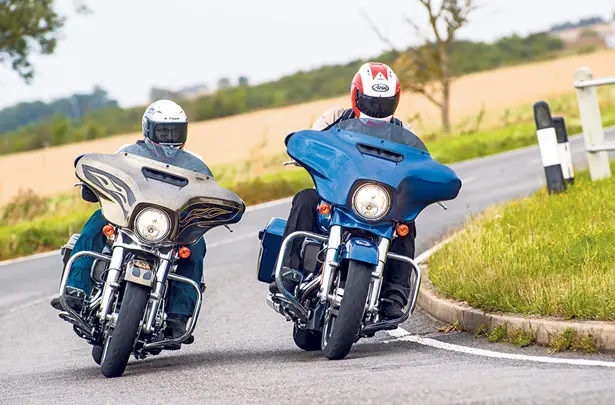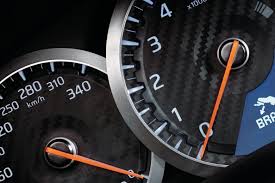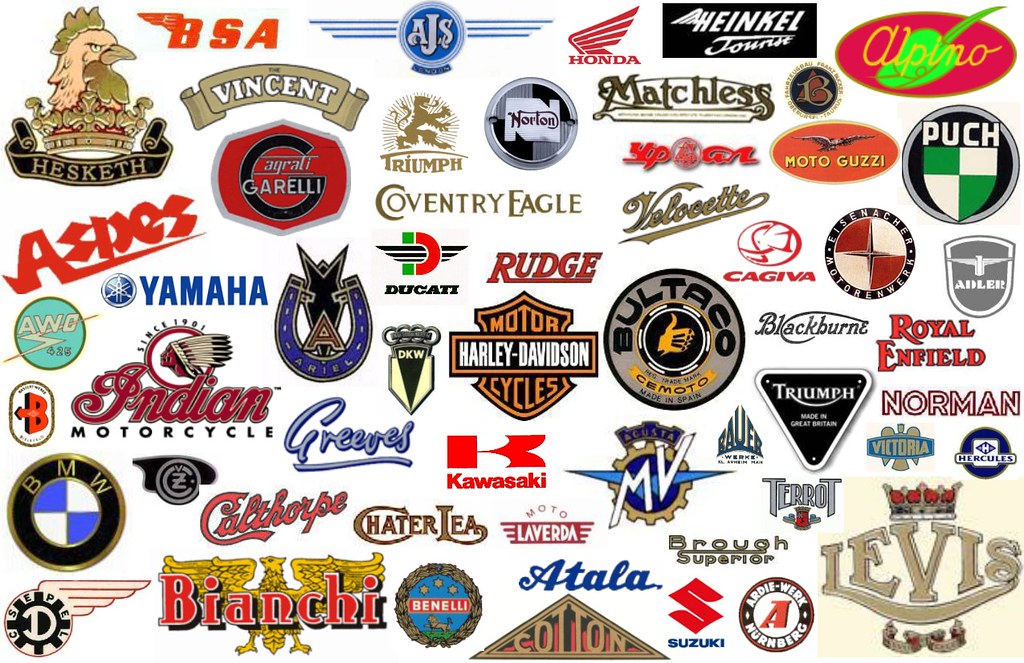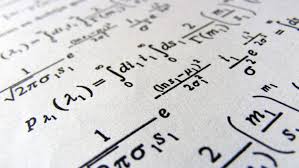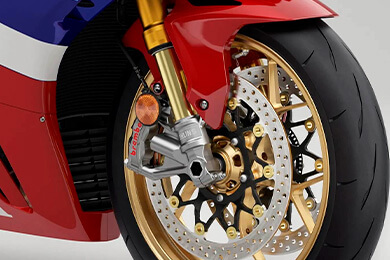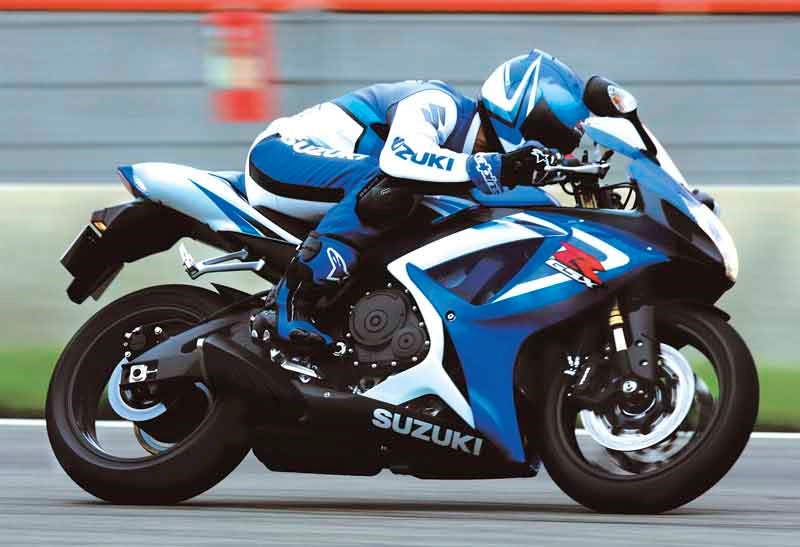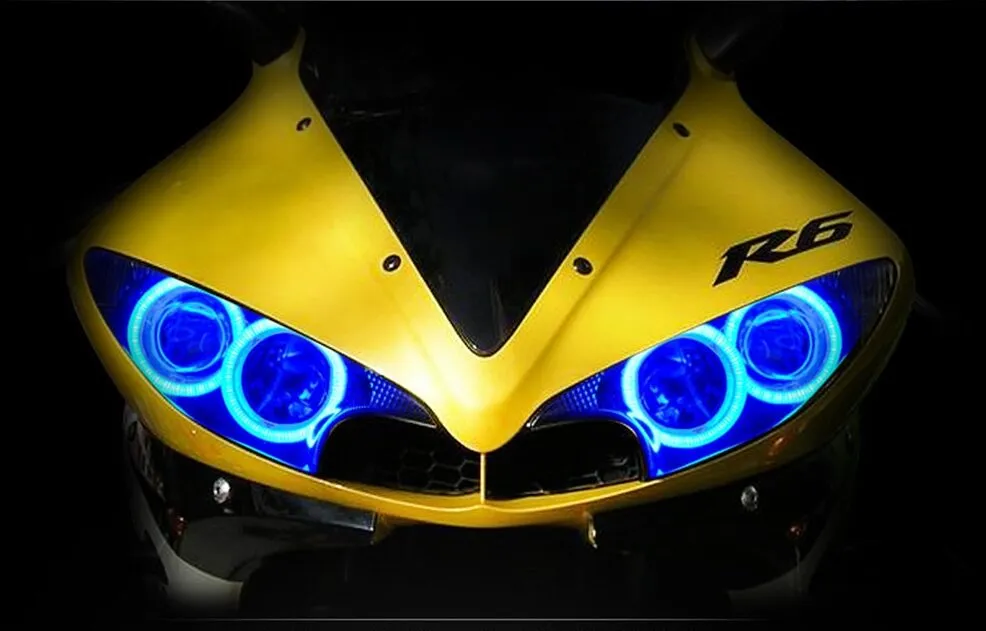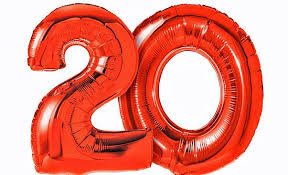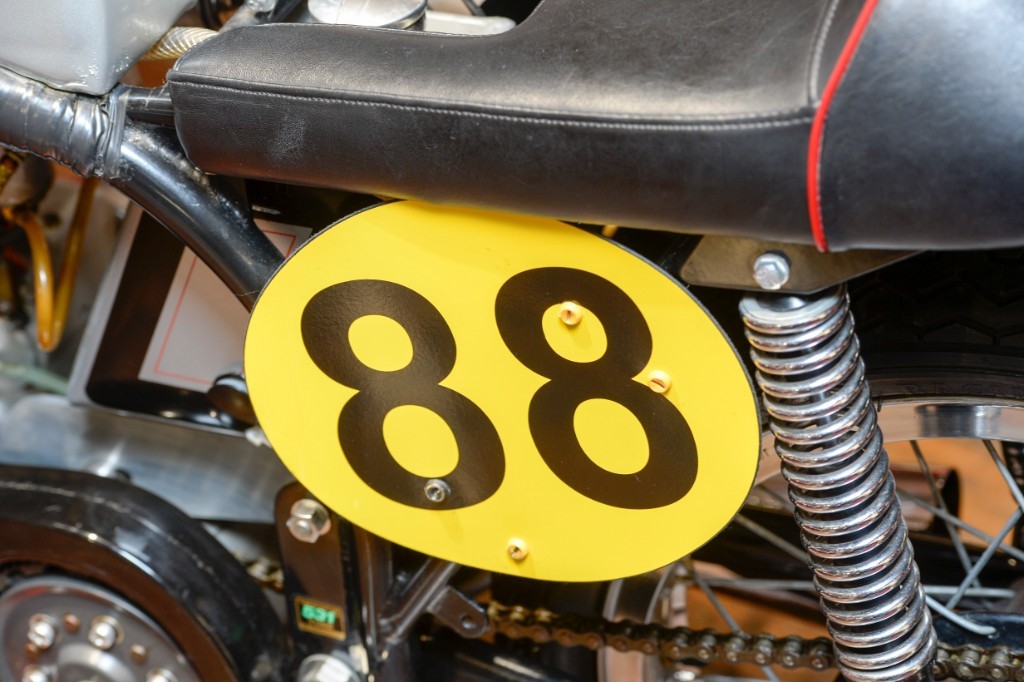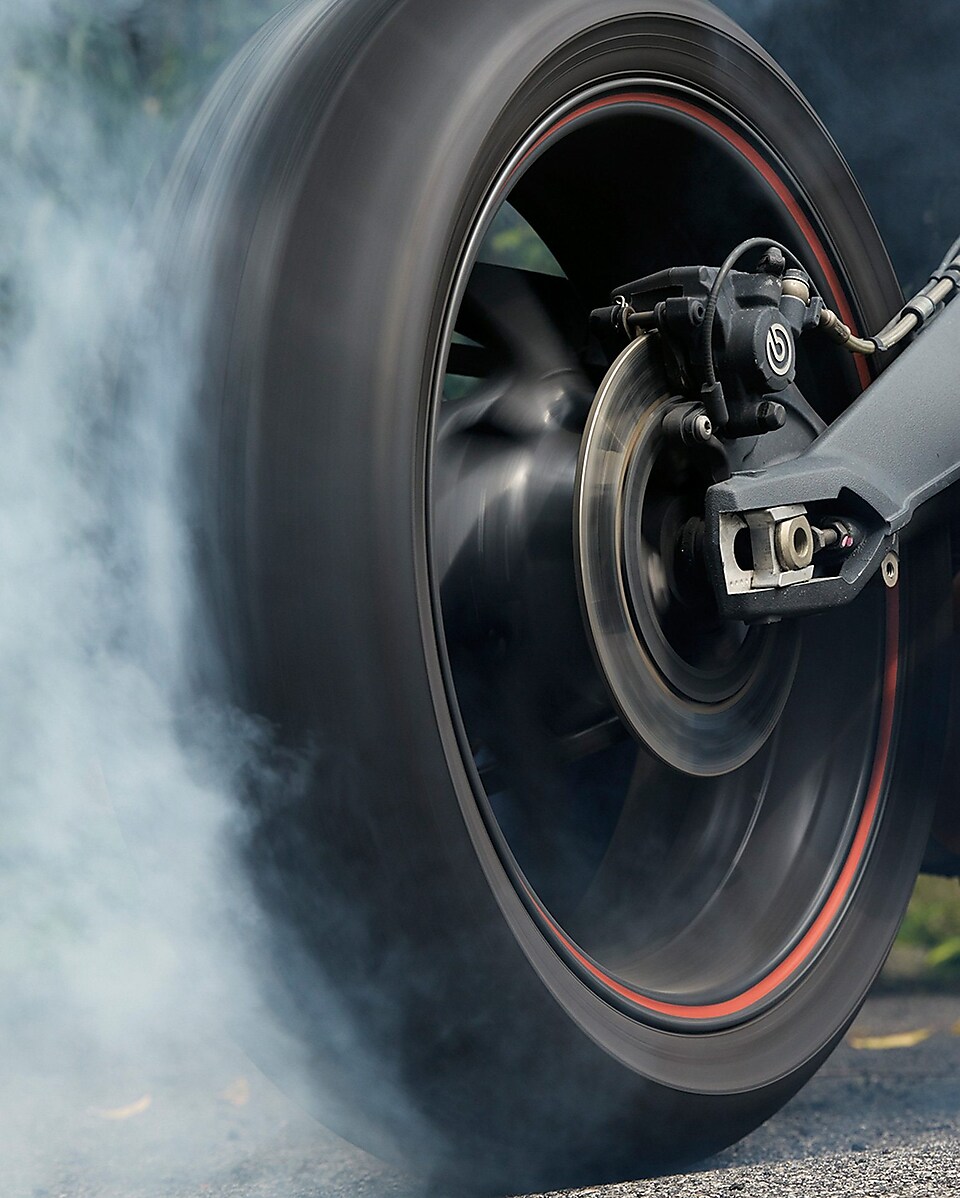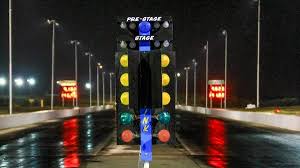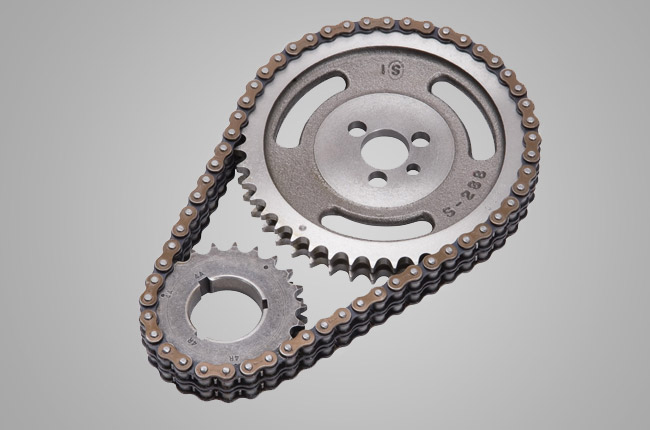


This edition of the Suzuki GSX 400 E - D is the 6 speed | Manual version and was first brought out in 1982. This was at around the same time as the introduction of the 1982 Honda CB 750 SC Nighthawk and the 1982 Yamaha XS 400 L Maxim.This particular Suzuki GSX 400 has a 398cc Air cooled, Two stroke, Wankel Petrol powerplant with 2 cylinders and Carburettor.
The 1982 GSX 400 shares its Wankel engine and Standard style configuration with the likes of the 2020 Yamaha XSR 700 Twin and the 2018 Yamaha XSR 700 Twin. Alternatively, if you're looking for other bikes which share the GSX 400's Standard style with a similar size of engine then how about the 1989 Yamaha WR 250 Z | 1989cc.1984 Yamaha FZ 400 N | 1984cc.
Weighing in at 0 kgs (0 lbs) this makes the Suzuki GSX 400 E - D in the same weight category as the 2025 Yamaha Tracer 9 GT or the 2025 Yamaha Tracer 9 GT+, give or take 50kg.
In terms of power the 398cc 8 valve Wankel 2 cylinder engine produces 44 bhp (32 kW) @ 9500 rpm similar to the 2025 Yamaha WR 250 F [36.1 bhp (26 kW) @ 12000 rpm] or the 2025 Honda X-ADV 745 [57.8 bhp (43 kW) @ 6750 rpm].
The DOHC Two stroke unit throws out torque of 26.7 lb-ft (36.3 Nm) @ 8000 rpm placing it alongside motorbikes of similar performance figures such as the 2025 Yamaha MT-07 Twin Cylinder [50.0 lb-ft (67.7 Nm) @ 6500 rpm] and the 2025 Yamaha Tenere 700 [50.2 lb-ft (68.0 Nm) @ 6500 rpm].
If one combines the weight with power or torque performance for the Suzuki GSX 400 you can get a better idea of it's real world performance.
The 1982 Suzuki GSX 400 E - D has a Power to weight ratio of 225.6 bhp per ton and 137.4 lb-ft per ton. Bhp Per Ton figures of the 1982 GSX 400 competing with the 2014 Honda CTX 1300 cc [250.5 bhp\ton] and the 2008 Yamaha XV 1700 Road Star S [250.1 bhp\ton].
If you agree with the late great Carroll Shelby, then arguably an even better indicator of potential performance is Torque. Factor weight into the equation and you end up with - Torque per ton, with the Suzuki GSX 400 generating around 137.4 lb-ft per ton. If you're curious as to what other motorbikes have as much torque to weight then look no further than the 2010 Honda FJS 600 Silver Wing [162.4 lb-ft per ton] and the 2006 Honda FJS 600 Silver Wing [162.4 lb-ft per ton].
With a 0-60mph time of 16.4 secs or a 0-100km/h (0-62mph) of 16.8 secs, this makes the Suzuki GSX 400 E - D similar in acceleration to the 2019 Yamaha WR 250 R (16.4 secs) and the 2019 Suzuki GSX-S 750 A2 Team Suzuki ECSTAR MotoGP (16.4 secs). This Suzuki GSX 400 E - D also competes in terms of 0-60 mph and 0-100km/h with the 2018 Honda CB 250 R Neo Sports Cafe (0.0 secs) and the 2020 Norton Superlight SS (0.4 secs).
![Kawasaki KLX 250 R Single Cylinder - [1995] image Kawasaki KLX 250 R Single Cylinder - [1995] image](/editionimages/b/default.jpg)
Quarter Mile time is a close race between the 1982 Suzuki GSX 400 E - D and the 1995 Kawasaki KLX 250 R Single Cylinder
When talking about the performance of the 1982 Suzuki GSX 400 E - D on the drag strip it can reach a quarter mile in an estimated 15.2 secs @ 0 mph. Bikes with a similar performance down the quarter mile can be found in the 1995 Kawasaki KLX 250 R Single Cylinder (15.2 secs) and the 1980 Suzuki GSX 400 E (15.2 secs).
The 1982 version of the Suzuki GSX 400 E - D has a maximum speed of 98mph.
If maxing out your bike on the AutoBahn is your thing and you're wondering what's faster at the top end than the 1982 Suzuki GSX 400 E - D then how about a 2022 Honda CMX 500 Rebel SE (109 mph) and the 2020 Honda CMX 500 Rebel (109 mph).


Yamaha V-Max 1200 20th Anniversary Limited Edition
Engine Capacity: 1198 cc
Top Speed: 135 mph
Quarter Mile: 12.4 secs @ 115 mph




